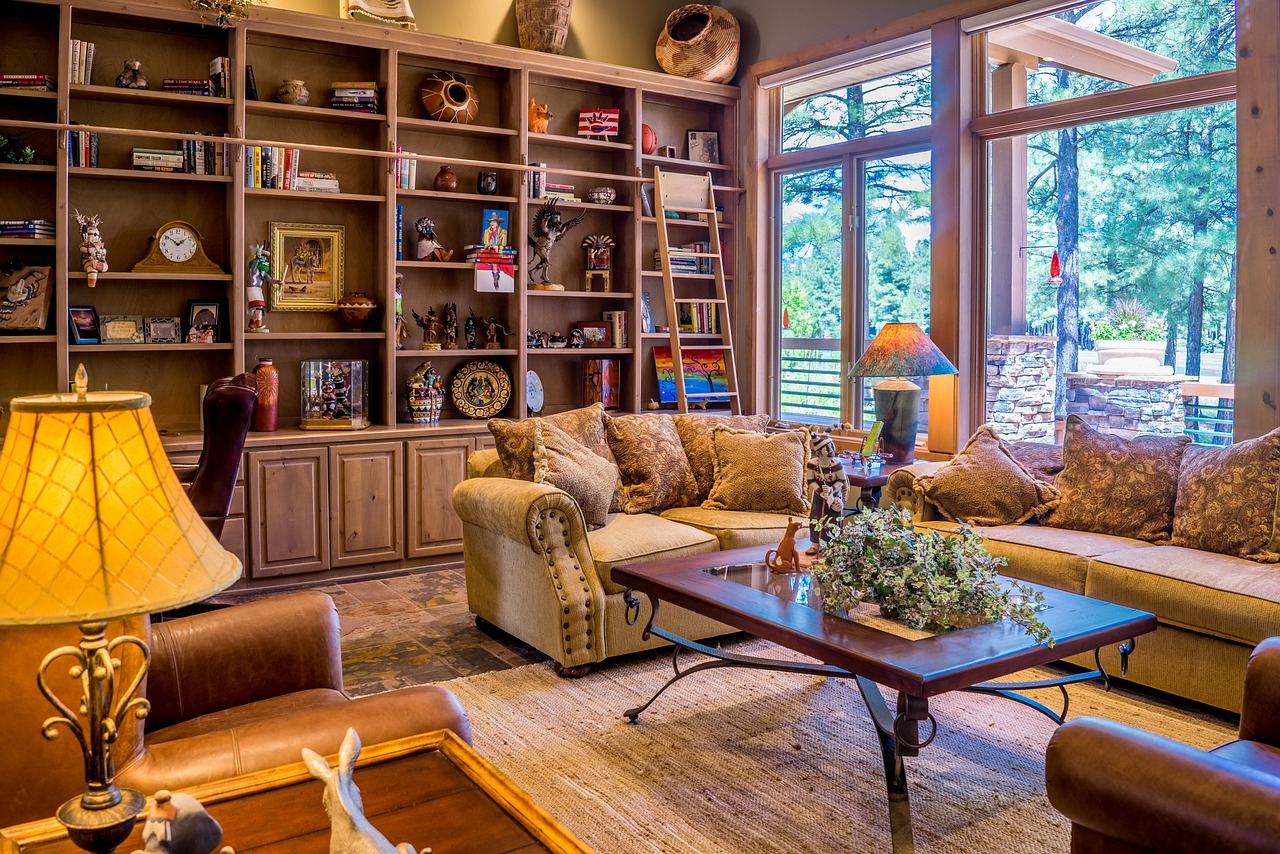Aging in place refers to a person who continues to live in their home as opposed to moving into an assisted living facility or moving in with a family member. Those over the age of 65, often referred to as senior citizens or seniors, are the age group that is most affected by the decision of where to live as they age. The good news is that most seniors can continue living in their homes, but it’s still a good idea to make sure their home is safe for them to live in— especially if they’re living alone. Here’s how you can prepare a home for a senior citizen aging in place.
Bathroom
The bathroom is the most common place for senior falls in the home, and the home is where most falls occur. This is because the bathroom is the most slippery place in the house, and it also usually has the hardest flooring (i.e., ceramic tiles). The bathroom can be a very hazardous place for seniors who haven’t had it modified to accommodate those with limited mobility.
The first change that needs to be made in the bathroom is to switch to a walk-in bathtub or walk-in shower. This eliminates the need to step over a standard bathtub/shower and reduces the risk of tripping and falling. It’s also a good idea to install grab bars and slip-resistant strips to further reduce the risk of a fall.
You should also consider updating your flooring, particularly if you have tile or another hard flooring type in your bathroom. Of course, you shouldn’t put carpet in a bathroom because it’s not waterproof at all. But vinyl flooring is waterproof, and it’s not as hard as tile.
Bedroom
Bedrooms don’t present too much of a hazard for senior citizens, but you should still be mindful of potential hazards. Mattresses shouldn’t be too soft or sag in the middle because those with limited mobility can become trapped if the mattress isn’t firm enough. Also, the bed shouldn’t be too high off the ground. Some seniors may also need to grab poles installed next to the bed.
As for flooring, carpet is a safe choice for the bedroom since it’s not as wet as the bathroom or kitchen and the bedroom is a low-traffic area. Just keep in mind that although high pile carpet is softer, it can be a tripping hazard. It’s also important to make sure that all rooms are well-lit to avoid tripping and falling.
Kitchen
The kitchen also has the potential to be a hazardous place in the home of a senior citizen. There are a lot of sharp edges, and kitchen floors are hard and can be slippery too. Carpet is also not the best choice for kitchen flooring, but like in the bathroom, vinyl is a safe choice. It may also be necessary to lower countertops, especially for those who may have to use a wheelchair to get around.
This room may need the most extensive renovations, but that’s okay because kitchen renovations almost always increase property value. This is especially true when you’re making what’s known as a “universal” upgrade. These are upgrades that can accommodate everyone, no matter their mobility level.
Living Room
As far as the living room goes, you may only need to update your flooring. Again, tile (although not often used in living rooms), hardwood, and laminate are all too hard and not the safest flooring for senior citizens. Instead, you can use vinyl flooring that looks like hardwood, or you can use low-pile carpet that won’t create a tripping hazard.
You should also avoid thick rugs as they can also cause a senior to trip and fall, plus they tend to snag on wheelchairs and the wheels of walkers. Also, it’s important to not let spaces get too cluttered, as this is hazardous as well.
Finally, consider installing a residential elevator in multi-story homes. Stairs pose a serious risk of falling for those with impaired mobility, which is one reason why many seniors have to move out of their homes. Fortunately, vacuum residential elevators are sleek and don’t take up too much space, and they’re a quick installment.
Even if you’re not a senior citizen, it’s still a good idea to make these changes to your home. That way when the time comes, your home will have already been modified and you won’t have to worry about making adjustments— as the prices will have likely increased. Also, if you make these changes and decide to retire and live in a different home, you would have increased your property value by making universal upgrades to your home.

